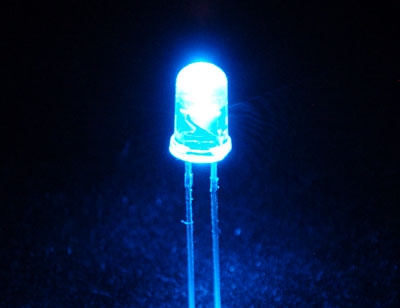The number of the most dynamically developing sectors of the economy over the past few years has firmly expanded the production of not only the LEDs themselves, but also light sources based on them.
The energy efficiency of such light sources more than pays off the specific technological features and costs that equipment for the production of LEDs requires. Therefore, for many enterprises, this direction becomes the main one.
LED production: what facilities and equipment do you need?
It will be necessary to adhere to several basic rules for the equipment for the production of LEDs to work most efficiently.
- An area of at least 3,500 square meters.
- Mandatory availability of quality ventilation.
- Organization of storage facilities.
- Existence of the stand for quality check.
- A place where product samples are displayed for customers.
The main stages in the production
LED modules are divided into several groups depending on the type of design. Grouping is carried out by:
- lens performance (it may be absent, there are molded or mounted options);
- Crystal-to-housing interface (there is no sub-chip board, or it is);
- crystal execution (may be flip-chip or planar).
Under the technology of surface mounting, as a rule, most of the cases of modern modules are produced. The execution is metal-ceramic or metal-plastic. In addition, the so-called "chip on board" technology has become widespread.

Problems and features of production
You need to buy equipment for the production of LEDs so that it
allowed to solve several basic problems in the direction. We are talking about the total efficiency of the light flux and the organization of heat removal. Heat is emitted by the product but not radiated. Therefore, there is a need for high-quality conductive equipment.
Quite a lot of lamp options are available on the market that are available for production under license, so the issue of access to fixture designs has ceased to be an acute issue. Standardization is quite important for modern consumers, because manufacturers themselves try to use standard connectors and socles for equipment for general and residential use.
Production. Main steps
- First, epitaxial plates are produced.
- Next, go to the production of crystals.
- After that, LED-type modules are assembled.
- Lamps are going through a series of tests.
Those who organize new production are encouraged to start from the end.
LED assembly route. Enlarged version
The equipment responsible for assembling modules and fixtures is much cheaper, a little less than a year will be required to start up, equip the first product and meet the necessary requirements for, for example, smd LEDs. The question of the lack of qualified personnel is not so acute, especially when compared with the growth site of epitaxial structures, crystal production.
It doesn’t matter what design features the product has, certain operations are performed in any case. For example, sealing, separation of group blanks, installation of crystals. So it becomes possible to apply a typical enlarged technological assembly route.
What parameters and characteristics are critical?

The installation of crystals is perhaps the main direction that should be paid the most attention.It is most often carried out on conductive or heat-conducting glue, then curing occurs. This is how you can achieve the production of high-quality led LEDs. After that, they usually proceed to visual and mechanical control in order to check for a shift.
Installation of inverted crystals is the most technologically advanced operation. Thanks to it, there is no need to weld wire leads. The device for the production of LEDs is not one, they need several to organize a full range of production.
The assembly machine is the place where crystals directly in the form of scribed and cut plates on a sticky carrier get directly onto the cassettes. In any case, when it comes to mass and large-scale production. From the input control section, a card of suitable crystals is obtained. The rest are simply discarded and discarded or used as consumables in other directions.
After all operations are completed, the models are tested and a fairly strict selection of quality. Here is the answer to the question of what is needed for the production of LEDs. This is a profitable business that will definitely bring a lot of income. Especially considering the almost unlimited potential for increasing the light flux density.






